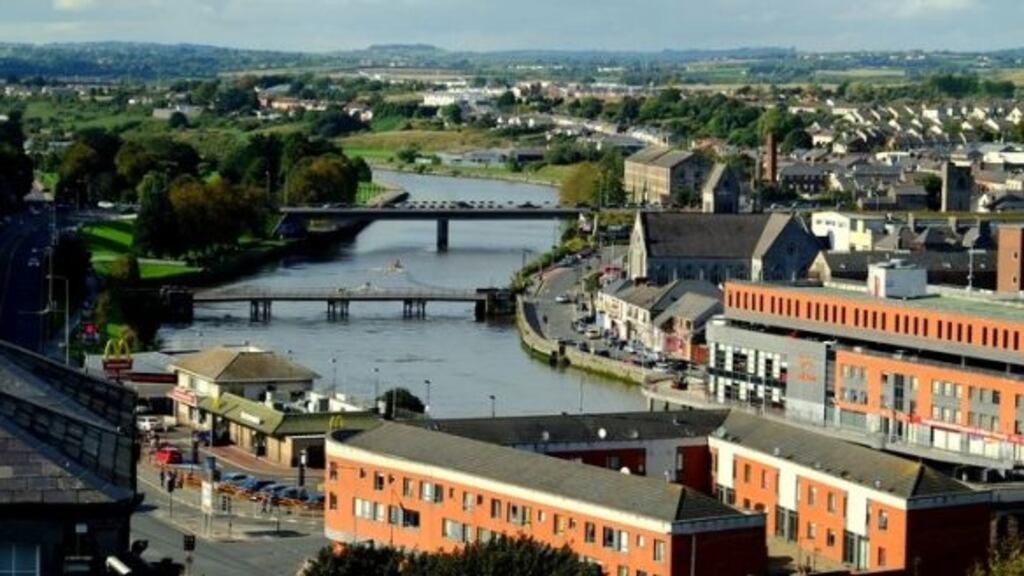Sinn Féin leader Gerry Adams has backed city status for Drogheda, Co Louth.
The Louth TD said: "Yes, we have supported that for some time, myself and Imelda Munster, since Imelda was a councillor.
"It is also in a prime spot. It is one of our walled cities, it is in a prime spot between Belfast and Dublin. Lovely setting, great hinterland so yes Sinn Féin and I support that position."
On what his party is doing to further this, he said: “We are doing our best. We are lobbying and we have supported the group who are sponsoring and who are lobbying for that position of acknowledging the city status of Drogheda.”
Last week a planning expert argued the Co Louth town should be granted city status as the population of the country's largest town and the surrounding area has topped 83,000 and exceeds the size of Waterford.
A report by Dr Brian Hughes, a lecturer in urban economics, backs Drogheda and the fast-growing nearby towns of Laytown, Bettystown and Mornington in east Meath becoming the country's newest city. The area has the State's fifth largest population, more than Waterford, the country's fifth city.
Commissioned by the Drogheda City Status lobby group, the report says that the population of the municipal borough of Drogheda, along with the neighbouring rural areas of Louth and Meath, has increased by almost 80 per cent over two decades, rising from 46,451 to 83,042 in the 2016 census.
The lobby group has been campaigning for more than a decade for an end to what it calls the “nightmare” dual administration of the town and its rapidly expanding satellite communities.
According to last year’s census, Drogheda had a population of 40,956, an increase of 6.2 per cent since 2011, but the surrounding area – part of the Dublin commuter belt – pushes that population to more than 80,000. That includes the east Meath towns of Laytown, Bettystown and Mornington that have a population of 10,000 people each and are expected to reach 15,000 or more by the next census in 2021.
Waterford city and suburbs had a population of 53,504 in 2016, up almost 4 per cent on 2011.
Dr Hughes argues that the greater Drogheda area, twice the size of Co Longford, meets the criteria of the EU Commission and the OECD for city status because of population density per kilometre and exceeds numbers in excess of 50,000 people.
The report, which reached near-identical conclusions to a similar study written by Dr Hughes more than five years ago, has been submitted to the Government for inclusion in the national planning framework that will guide planning decisions across the country up to 2040.












